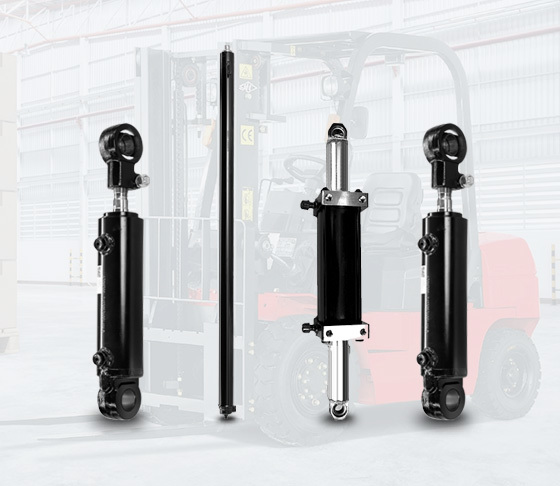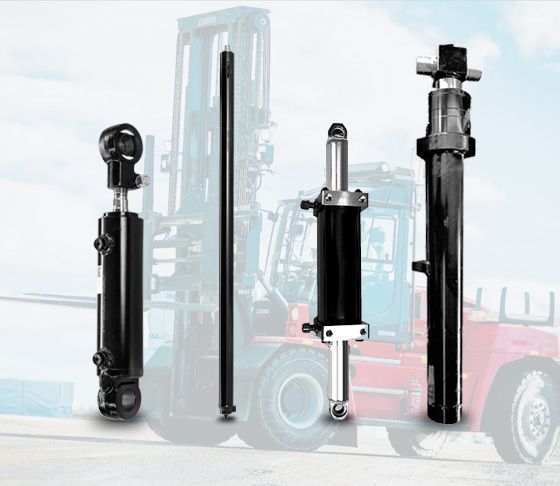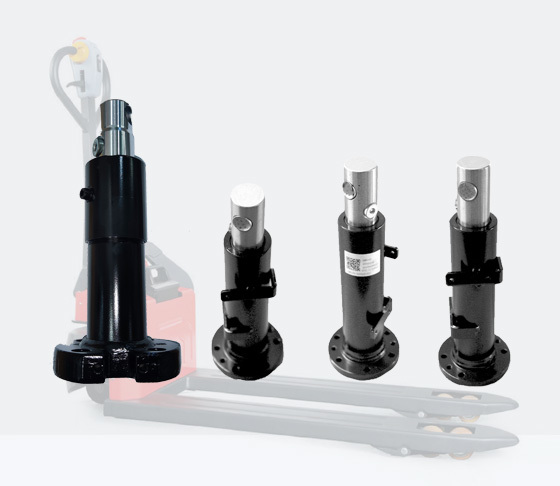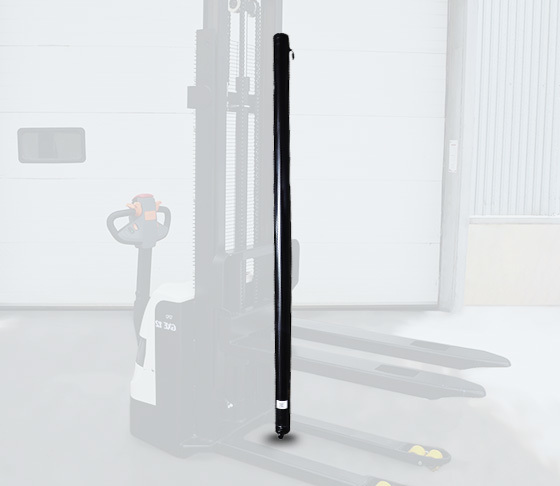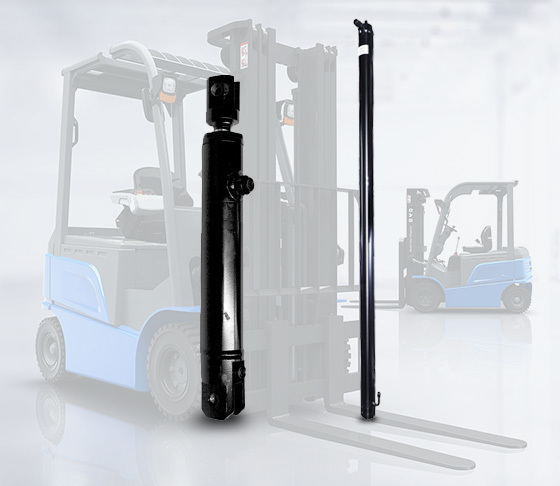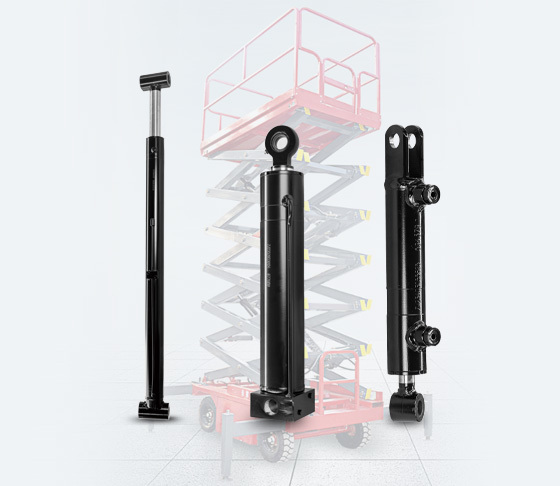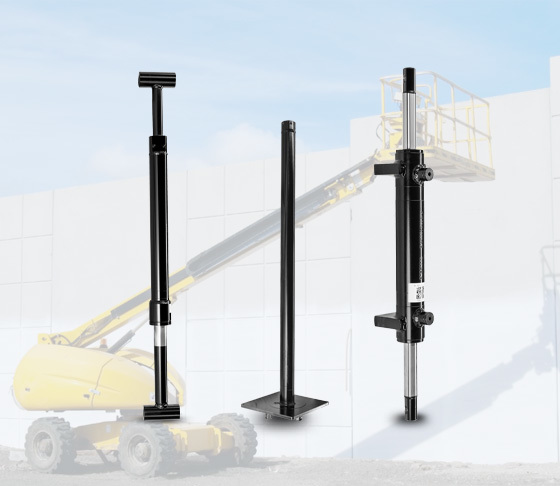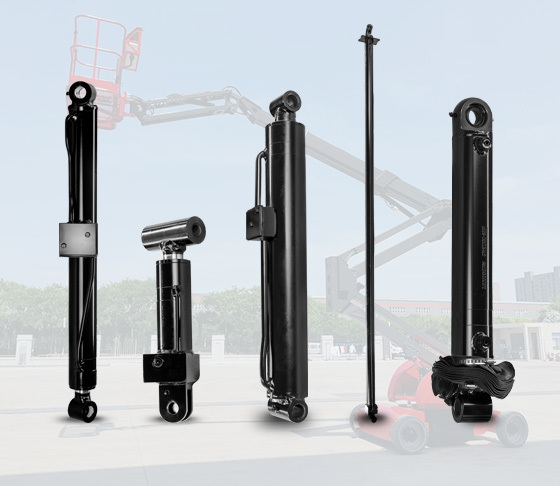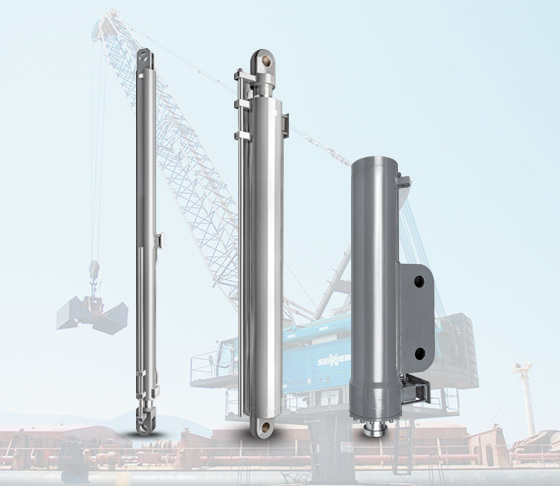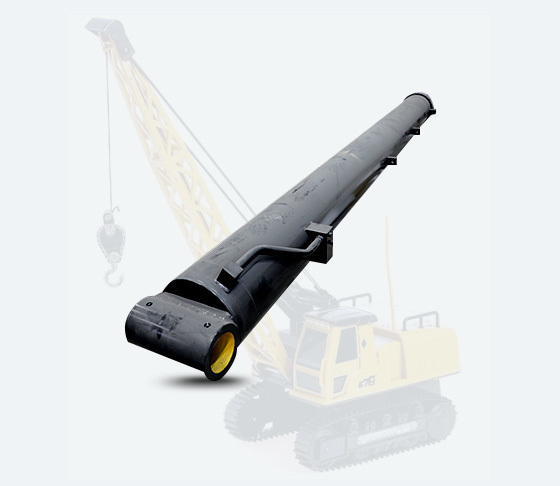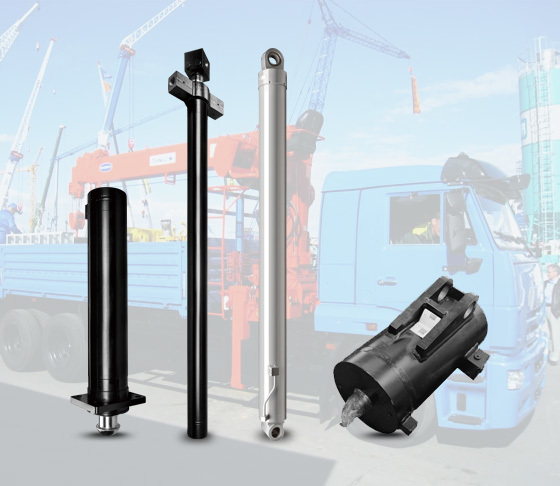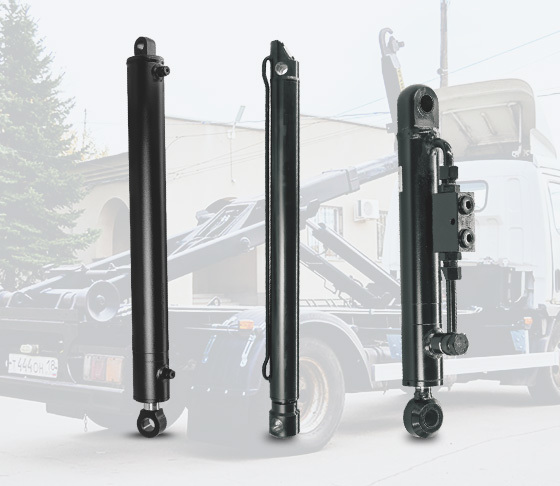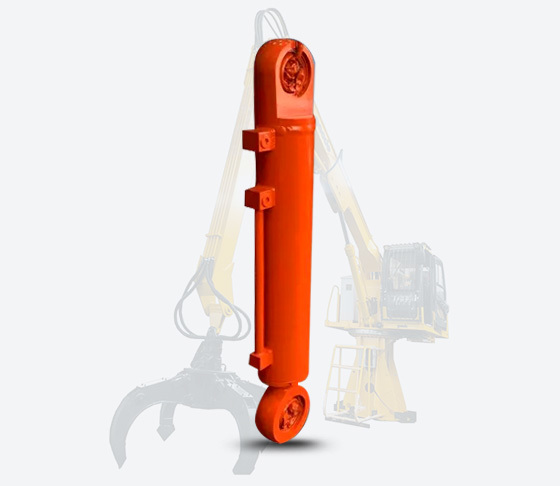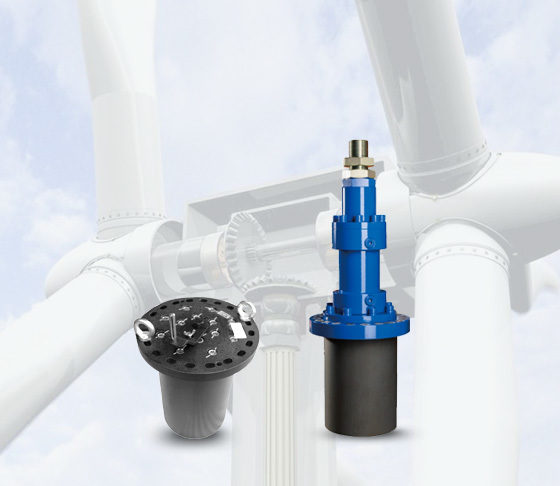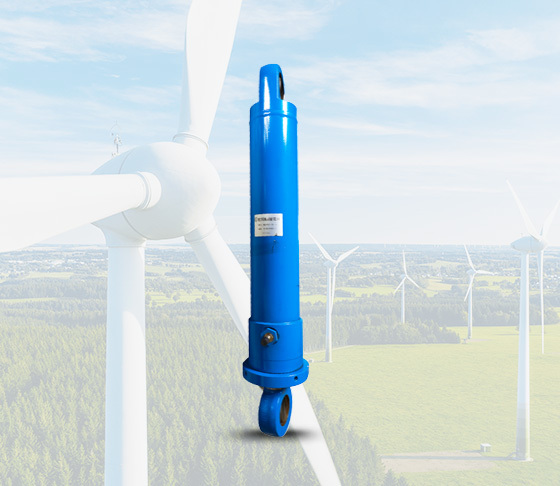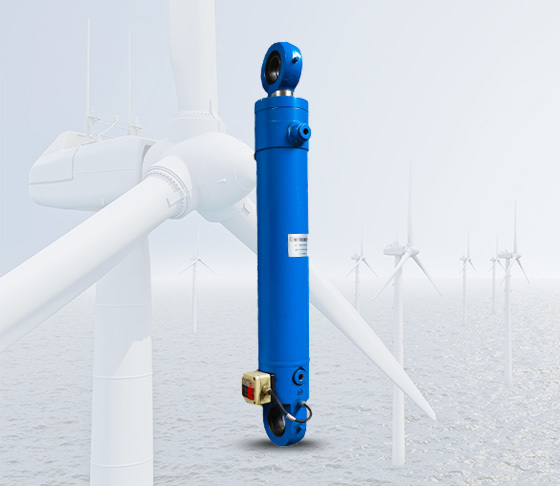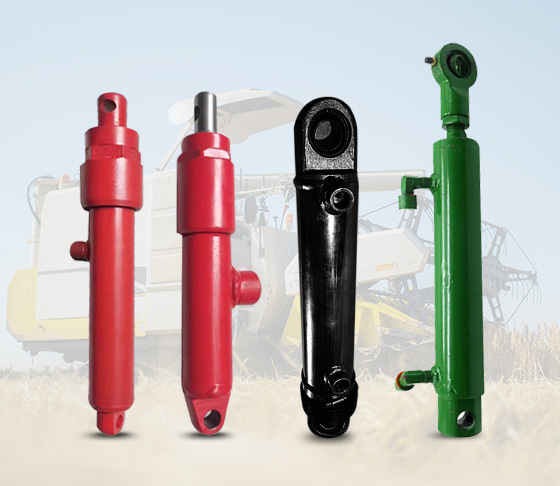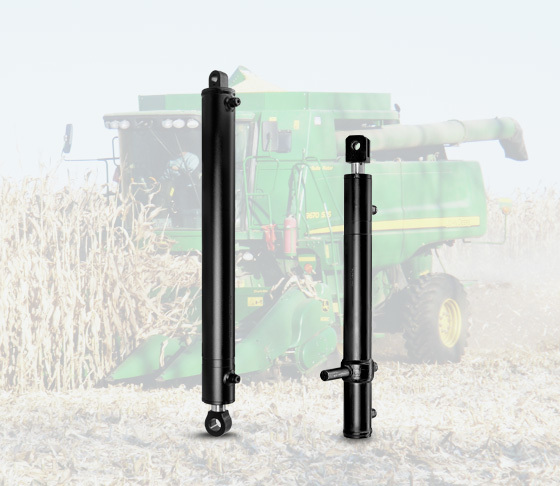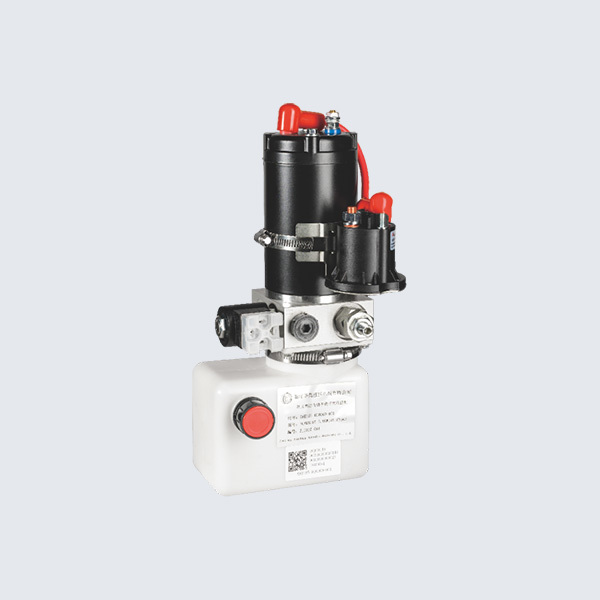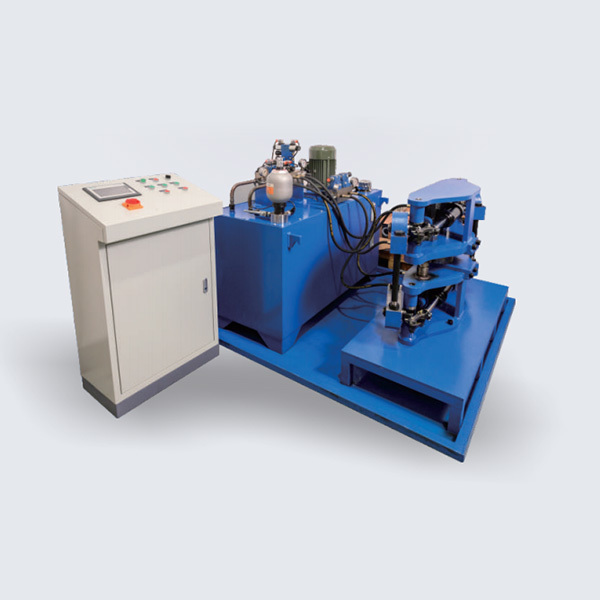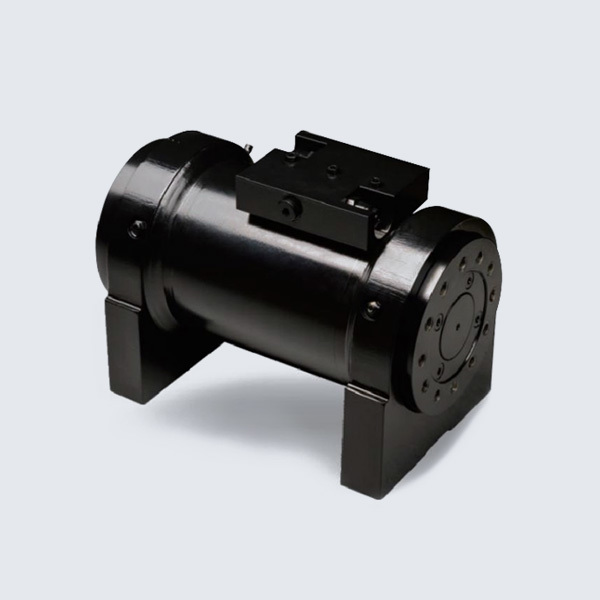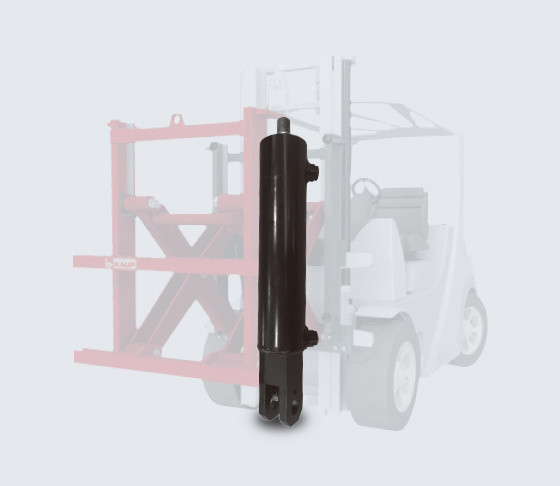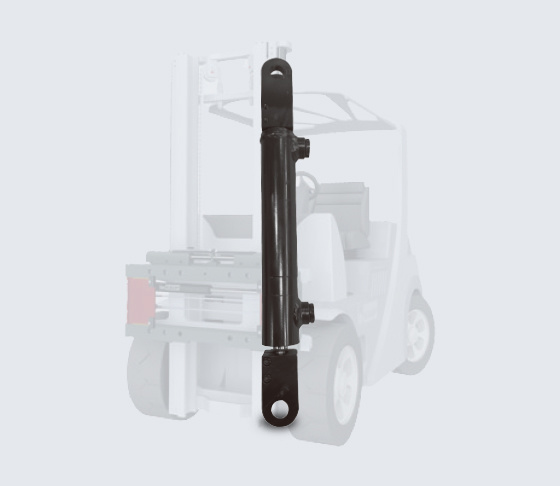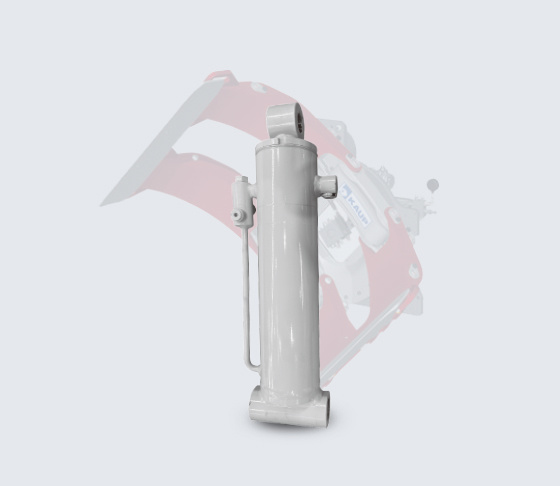Introduction to the structure and types of hydraulic cylinders
Sep 04,2023

Hydraulic cylinder is a hydraulic actuator that converts hydraulic energy into mechanical energy and performs linear reciprocating motion (or swing motion). It has a simple structure and reliable operation. When using it to achieve reciprocating motion, there is no need for a deceleration device, and there is no transmission clearance, making the motion smooth. Therefore, it is widely used in various mechanical hydraulic systems. The output force of the hydraulic cylinder is directly proportional to the effective area of the piston and its pressure difference on both sides; Hydraulic cylinders are basically composed of cylinder barrels and cylinder heads, pistons and piston rods, sealing devices, buffer devices, and exhaust devices. The buffer device and exhaust device depend on the specific application scenario, while other devices are essential.
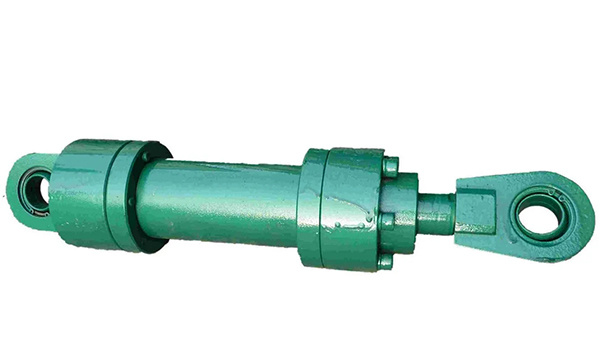
There are various structural forms of hydraulic cylinders, and their classification methods are also diverse: they can be divided into linear reciprocating motion and rotary swing motion according to their motion modes; According to the effect of hydraulic pressure, it can be divided into single acting and double acting types; According to structural forms, it can be divided into piston type, plunger type, multi-stage telescopic sleeve type, gear rack type, etc; According to the installation form, it can be divided into pull rods, earrings, feet, hinge shafts, etc; According to pressure levels, it can be divided into 16Mpa, 25Mpa, 31.5Mpa, etc.
Related Posts
Contact Us
Address:No. 88, Gaoqing Road, Qingshanhu Street, Lin'an District, Hangzhou City, Zhejiang Province, China
Postal Code:311305
Phone:+86-0571-87938113,87938137
E-mail:hc208@zjimee.com.cn
LATEST
INFORMATION
Get the latest product information of the company

CONTACT
Address:No. 88, Gaoqing Road, Qingshanhu Street, Lin'an District, Hangzhou City, Zhejiang Province, China
Postal Code:311305
Phone:0571-87938113,87938137
E-mail:hc208@zjimee.com.cn
Copyright © Zhejiang Huachang Hydraulic Machinery Co., Ltd, All Right Reserved Powered by www.300.cn
SEND AN INQUIRY
SAF Coolest v1.3.1.2 设置面板 XAZSX-ZGPS-TQAAE-ZVS
无数据提示
Sorry, the current column is being updated, please stay tuned!
You can view other columns or return to the HOME





